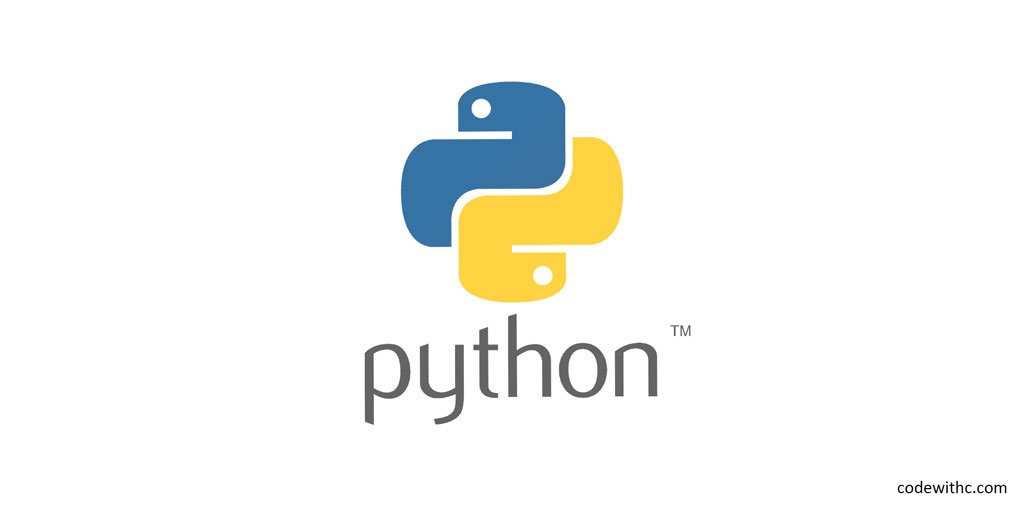In the expansive world of Python, the ability to work with multiple data sequences simultaneously is invaluable. This is where the zip function shines, allowing us to pair elements from multiple iterables in a highly intuitive manner. Today, we’ll explore the wonders of the zip function, demonstrating how to harmonize different data sequences seamlessly.
Whether you’re synchronizing data from various sources, aligning datasets, or merely combining information, zip offers an elegant solution. It effectively ‘zips’ together elements from multiple iterables, producing a sequence of tuples.
The Basics: What Are Iterables?
Before we zip into the main topic, let’s get the basics down. An iterable in Python is any Python object you can loop over. Think lists, tuples, and even strings. They’re like the different colors on an artist’s palette, each with its own shade and texture, but all usable for creating a masterpiece.
The Star of the Show: What is zip?
The zip function is a built-in Python function that pairs elements from two or more iterables, like matching socks from different drawers. It returns an iterator of tuples, where the i-th tuple contains the i-th element from each of the input iterables. Imagine you have two lists—one of names and one of the scores. Using zip, you can pair each name with its corresponding score. Magic, right?
names = ['Alice', 'Bob', 'Charlie']
scores = [85, 92, 78]
paired = list(zip(names, scores))
# Output: [('Alice', 85), ('Bob', 92), ('Charlie', 78)]
Let’s dive into a hands-on example where we align names with their respective scores:
Program Code:
def align_data(names, scores):
return dict(zip(names, scores))
# Testing the function
student_names = ["Alex", "Bella", "Charlie", "Dana"]
student_scores = [85, 90, 78, 92]
aligned_data = align_data(student_names, student_scores)
print(aligned_data)
Explanation:
In this illustrative code:
- We define a function named
align_datathat accepts two lists:namesandscores. - Inside the function, we use the
zipfunction to pair each name with its corresponding score. We then convert the zipped object into a dictionary for better data representation. - We test the function with a list of student names and their respective scores, then print the combined result.
Expected Output:
{'Alex': 85, 'Bella': 90, 'Charlie': 78, 'Dana': 92}
The Power Moves: Advanced Uses
Now, let’s talk about the cool tricks you can pull off with zip. Want to unzip a list? You can do that by using the * operator with zip. How about iterating through multiple lists simultaneously? Yep, zip has you covered. It’s like having a multi-tool that you didn’t know you needed but can’t live without once you’ve used it.
The Real-World Applications: Where Can You Use zip?
From data manipulation in Pandas DataFrames to simplifying complex loops, the applications of zip are as varied as the tools in a well-stocked workshop. It’s commonly used in tasks like sorting multiple lists based on one, aligning data, and even in machine learning preprocessing steps.
The zip function is one of those Python features that you might not appreciate until you find yourself in a coding pinch. Then, it swoops in like a superhero, making your code cleaner, more efficient, and easier to read. Trust me, once you get the hang of it, you’ll start seeing opportunities to use zip everywhere.
Wrapping Up:
The zip function epitomizes Python’s philosophy of making complex tasks accessible and intuitive. By harnessing its power, developers can elevate their data manipulation capabilities, ensuring that information from different sources intermingles harmoniously.







